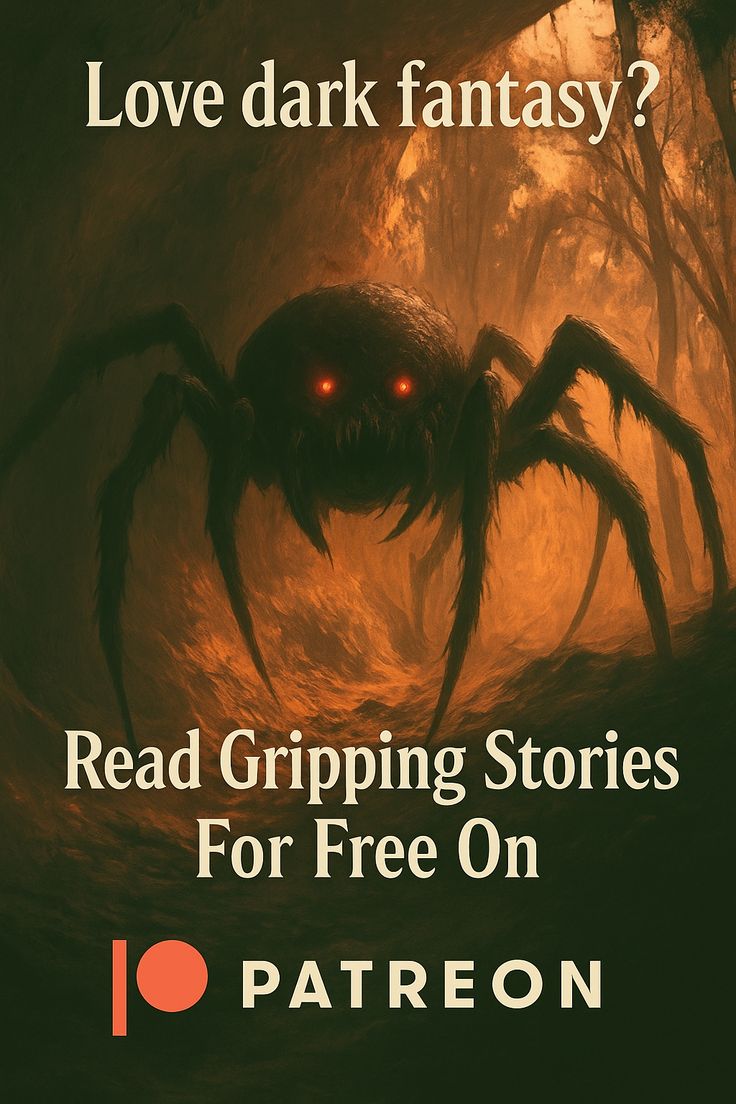Fantasy short stories are a form of fiction that take place in imaginary worlds filled with magic, mythical creatures, and supernatural events. They captivate readers with their imaginative and otherworldly storylines, making them a popular choice for those seeking an escape from the everyday. However, as a writer, knowing how to write fantasy short stories isn’t always clear.
Short fiction is a great thing to write. Not only are these stories quick to finish, but they also allow you to hone your craft and gain publication credits.
However, writing short stories isn’t as straightforward as people think. Just because there are fewer words doesn’t mean the task is easier. If anything, it’s more difficult. Writers have to make every word count and tell a lot more story with a lot less.
So in this guide, we’re going to take an in-depth look at how to write fantasy short stories. We’ll consider examples of famous tales before diving into some advice and tips on writing them.
First, let’s look at a definition.
What Are Fantasy Short Stories?
Fantasy short stories are a genre of fiction that usually takes place in an imaginary world filled with magic, mythical creatures, and supernatural events.
They offer a quick, shorter form of escapism for readers, allowing them to delve into fantastical worlds filled with imaginative and otherworldly elements. Fantasy short stories often involve adventures, mysteries, and conflicts, and are characterized by the rich and detailed world building, multi-dimensional characters, and imaginative plots.
Examples of Famous Fantasy Short Stories
Reading some of the most popular and critically-acclaimed short stories is a great way to learn. Study their structure, the way characters are introduced and revealed, and examine the way the story unfolds.
Here are some examples of famous fantasy short stories you could check out:
- “The Water That Falls on You from Nowhere” by John Chu
- “The Heart’s Filthy Lesson” by Elizabeth Bear
- “This Is How You Lose the Time War” by Amal El-Mohtar and Max Gladstone
- “The Emperor’s Soul” by Brandon Sanderson
- “The Mothers of Voorhisville” by Mary Rickert
- “The Lake Was Full of Artificial Things” by Kathryn Cramer
- “The Truth of Fact, the Truth of Feeling” by Ted Chiang
- “The Specialist’s Hat” by Kelly Link
- “The Seventh Witch” by Karen Joy Fowler
Click Here To See The Best Fantasy Short Stories You Need To Read
How To Write Fantasy Short Stories
So, let’s look at how to write fantasy short stories.
Writing a successful fantasy short story requires a unique combination of creativity and technical skill. Here are some tips and tricks to help you write your own captivating tale:
- Start with a strong concept – Come up with a unique and captivating idea for your story. It could be a magical object, a forbidden love, or a quest for power. The stronger the concept, the more engaging your story will be.
- Develop rich and detailed worldbuilding – Fantasy stories often take place in complex and imaginative worlds. Ensure your world is consistent and well-defined, with its own rules and geography.
- Create compelling characters – Your characters should be multi-dimensional, with motivations that drive the story forward. Make sure they are flawed and have room for growth, as this makes them more relatable to readers.
- Utilize sensory details – Transport your readers to your imaginary world by using vivid descriptions of sights, sounds, and sensations. Use all five senses to create a rich and immersive experience.
- Include elements of conflict and tension – Introduce obstacles and challenges for your characters to overcome, creating a gripping narrative. This keeps the reader engaged and invested in the story.
- Employ the power of symbolism – Use symbols and metaphors to add depth and meaning to your story. This can help convey emotions, themes, and messages in a subtle and effective way.
- Know the genre conventions – Familiarize yourself with common themes and techniques used in fantasy stories, and make sure your work fits within the genre. This will help you appeal to readers who are looking for a certain type of fantasy story.
- Revise and edit thoroughly – Take the time to revise and edit your story, paying attention to pacing, dialogue, and tone. This will help you refine your writing and create a polished, professional piece.
Fantasy short stories are a fascinating form of fiction that allows writers to explore otherworldly concepts and bring their imaginations to life. These tips can help create a memorable and impactful story that captivates your readers.
How Do You Structure A Short Story?
The best structure for a short story can vary depending on the individual story and the writer’s style and preferences. However, there are some common structures that are considered effective for short stories. Here are two of them:
- Three-Act Structure – This structure is similar to that of a play or a novel and consists of the setup (introduction), conflict, and resolution. It is a classic and versatile structure that is well-suited to short stories.
- Flashback Structure – This structure is useful when the central event or climax of the story takes place in the past, and the story is told through flashbacks. It is an effective way of adding depth and emotion to a story, as well as building tension and suspense.
Regardless of the structure you choose, it is important to keep the story focused, with clear and concise storytelling. A short story should have a strong beginning, a well-structured plot, and a satisfying resolution. Additionally, it is important to revise and edit your story to refine the structure and improve the overall flow and pacing.
How To Write A Fantasy Short Story Outline
So we’ve taken a look at a couple of story structures; now let’s take a look at how to write a fantasy short story outline.
An outline is a step-by-step overview of your story. It won’t dive into an awful lot of detail but will break down the key steps and points of conflict in the tale.
If you like to take an organised approach to writing, a short story outline can serve as a useful tool. It can keep you focused and prevent meandering detours from the tale. And in designing it you can make sure it weaves nicely together.
Here are some steps you can follow to write a short story outline with tips from famous authors:
- Develop characters – The storyline should show the development of your characters as they encounter the points of conflict in the story. They may fall or they may rise, but knowing and visualising that ebb and flow can be very useful.
- Define the setting – The setting is an important aspect of your story, as it can influence the mood and tone of the story. Decide on the location, time period, and atmosphere of your story.
- Outline the plot – The plot is the main story, and when writing your outline you should make it clear and concise. The outline should form a brief summary of what will happen in the story, including the beginning, middle, and end. Here are some tips from leading authors:
- Kurt Vonnegut suggests using a simple structure that includes an event, a person and their reaction, and the aftermath of the reaction.
- Stephen King suggests using the three-act structure, which consists of the setup, confrontation, and resolution.
- Ray Bradbury suggests using the five-step plot structure, which includes exposition, inciting incident, rising action, climax, and resolution.
- Add details and descriptions – As you outline your story, look to add descriptions that bring it to life. Consider sensory details, dialogue, and internal thoughts of your characters.
- Revise and edit – Once you have completed your outline, revise and edit it to make sure that it makes sense and that it flows smoothly. You can also add or remove details as needed, but importantly, make sure your character’s progression is consistent with who they are and what they’re experiencing.
Remember to have fun and be creative, and let your imagination take the lead.
Where To Submit Fantasy Short Stories

You can submit your fantasy short story to various publishers, both traditional and online. Here are some examples of top publishers:
Publishers and contests
- Analog Science Fiction and Fact – A well-known science fiction and fantasy magazine, they publish a mix of stories, including some fantasy.
- Asimov’s Science Fiction – Another well-respected science fiction and fantasy magazine, they publish a variety of genres, including fantasy.
- Fantasy & Science Fiction – A literary magazine that focuses on both fantasy and science fiction.
- Clarkesworld – A Hugo Award-winning online science fiction and fantasy magazine.
- Tor.com – A popular online publisher of science fiction, fantasy, and horror.
- Beneath Ceaseless Skies – A fantasy magazine that focuses on stories set in secondary worlds.
- Writers of the Future Contest – A science fiction and fantasy writing contest for new and aspiring writers.
It’s important to note that submission guidelines for these publishers vary, so be sure to carefully read the guidelines before submitting your work. Some publishers only accept electronic submissions, while others only accept hard copy submissions by mail. Also, many publishers are closed to unsolicited submissions for periods of time, so be sure to check the submission calendar before submitting your work.
Click Here To Check Out My List Of Fantasy Short Story Magazines And Journals
Learn More About Short Fiction
Below, you can find more tips and advice on how to write fantasy short stories. Just click the links below:
- Click here to learn more about fantasy short stories
- If you’d like to read one of my own pieces of short fiction, check out Noodlin‘
- Abby Jimenez Books In Order – A Guide To Her Romantic Universe - June 7, 2025
- Words Beginning With X – All Lengths And Their Meaning - January 31, 2025
- Using The 5 Senses In Writing: Examples To Inspire You - January 5, 2025







